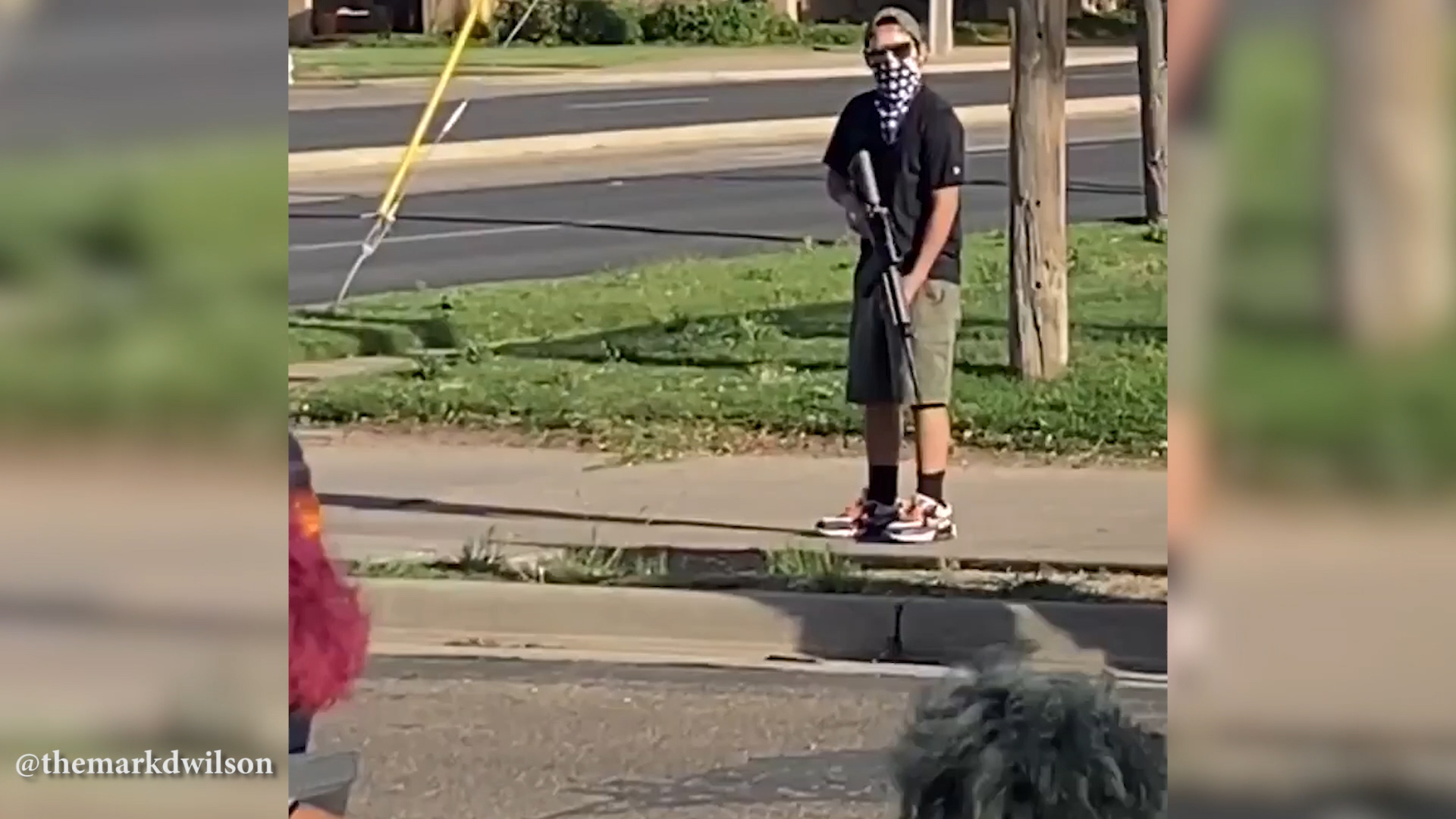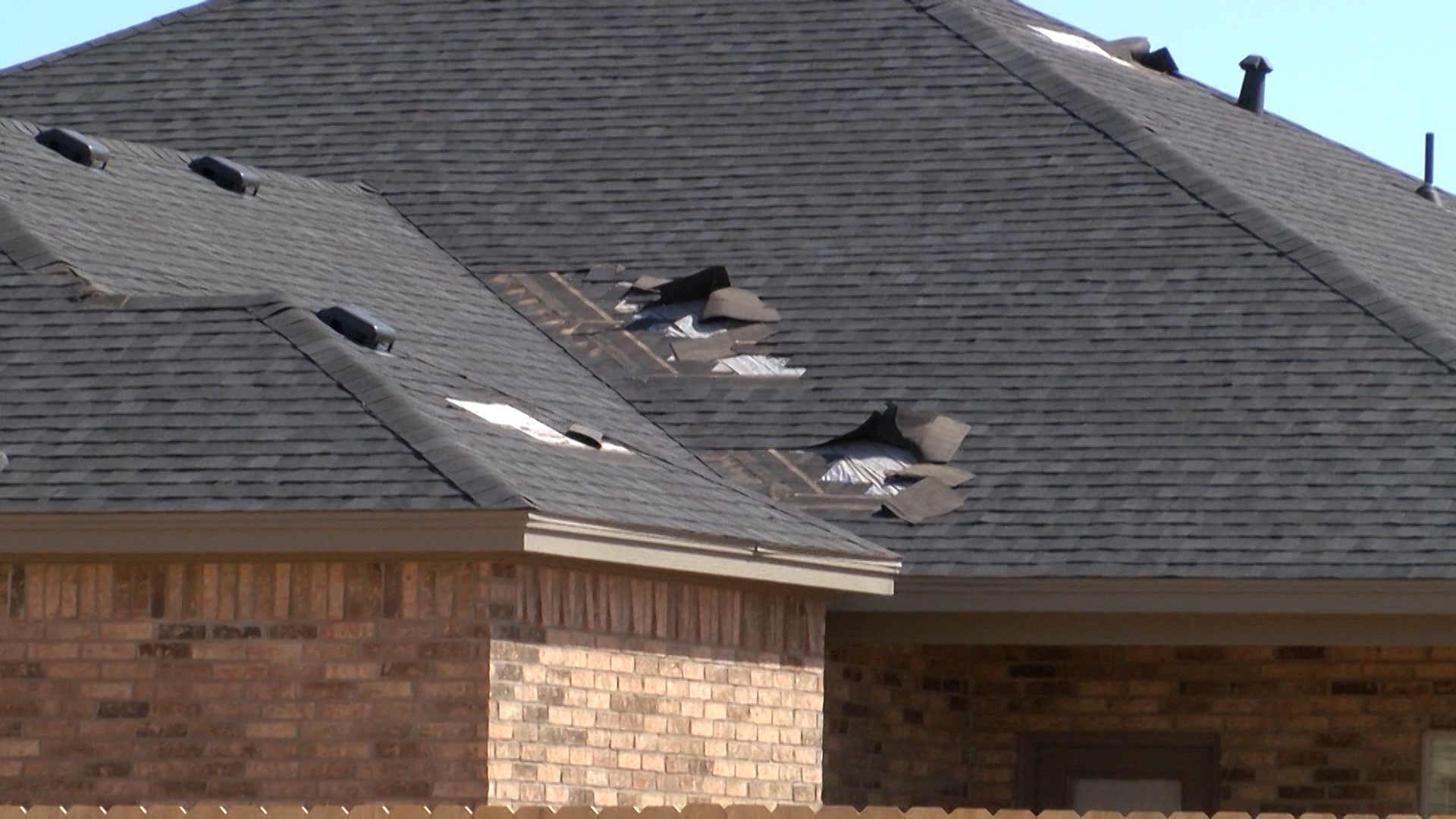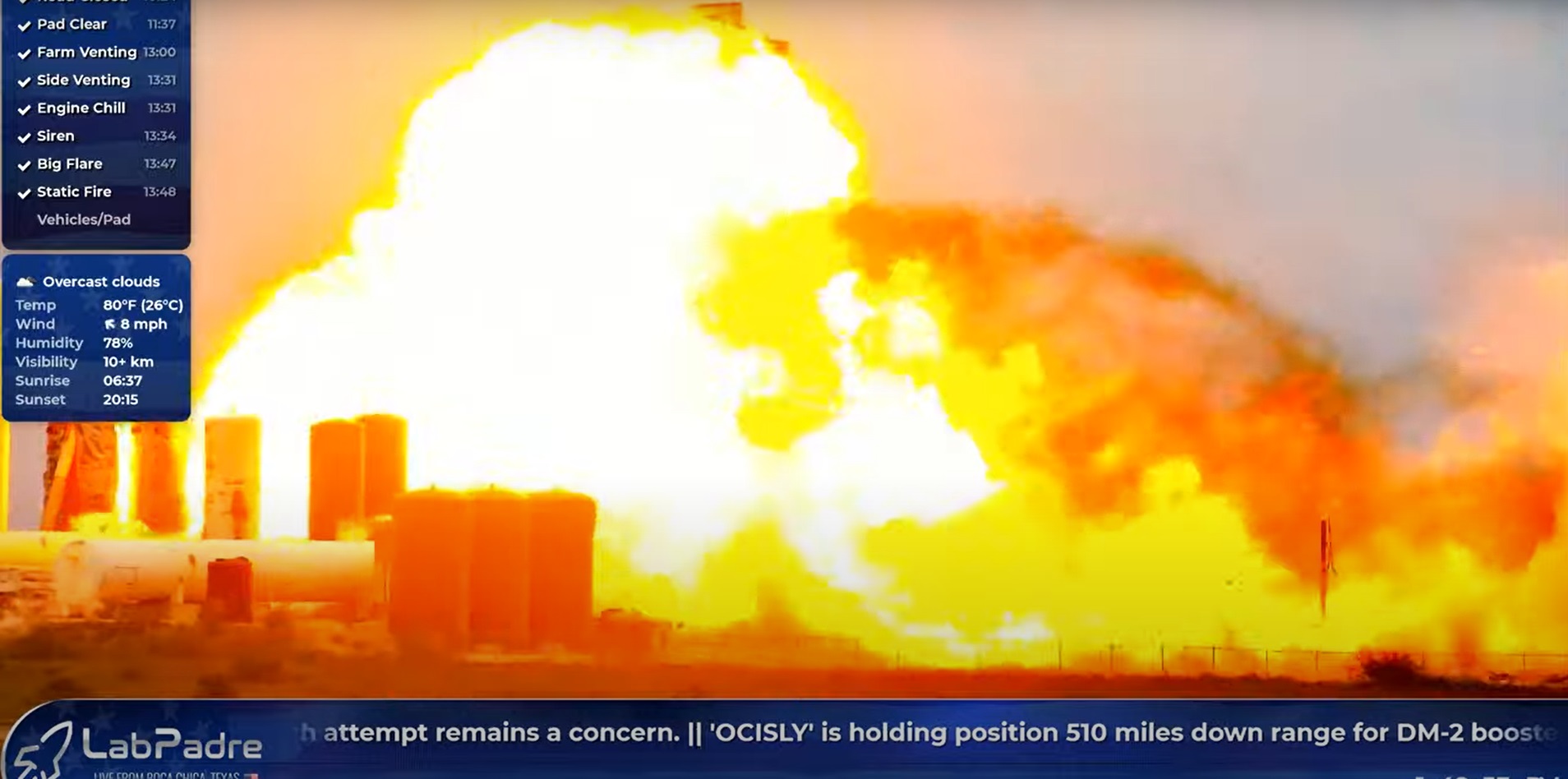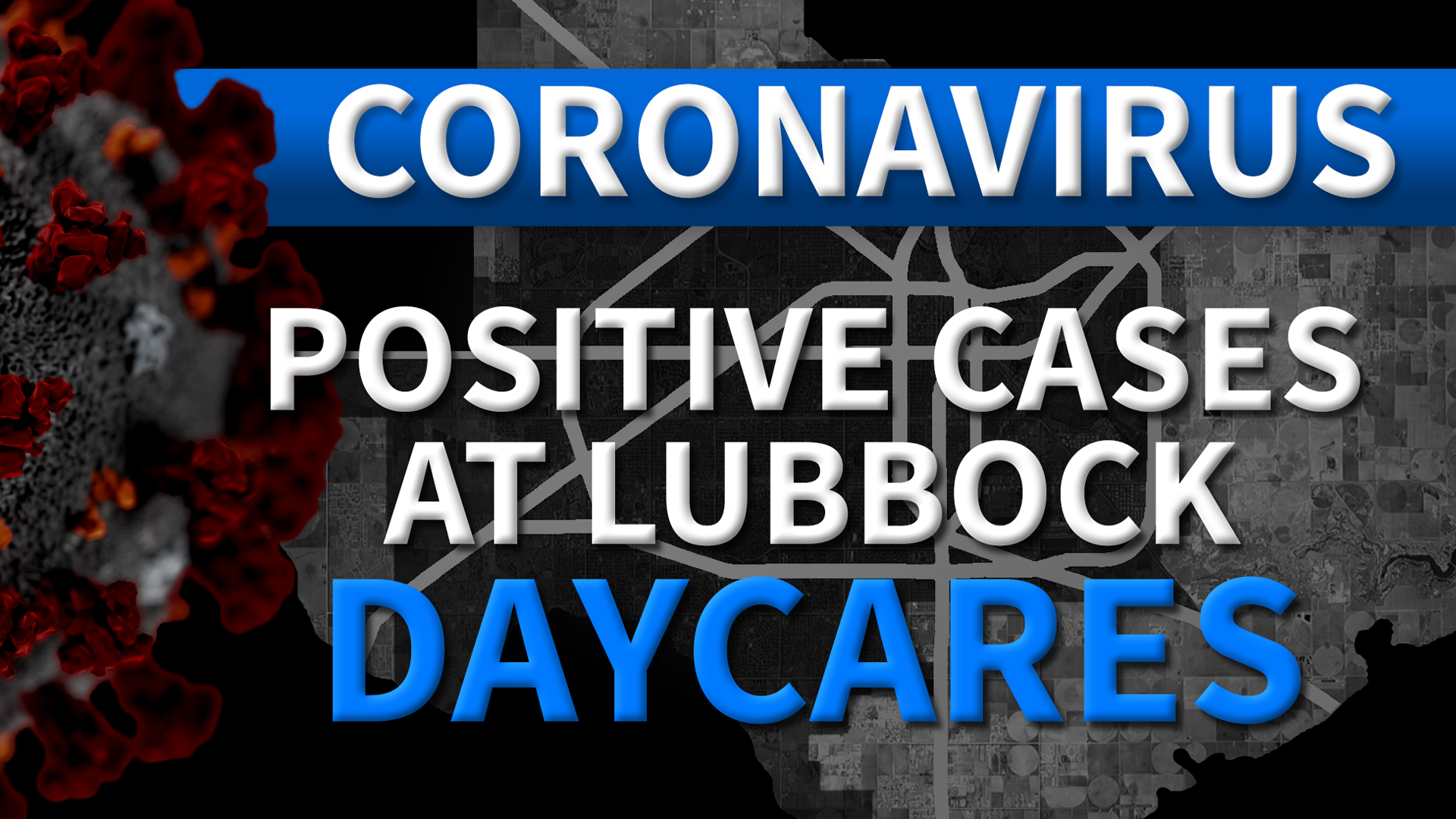LUBBOCK, Texas — Under Chris Beard, most players play the same way: within his system. There is not much freelancing on either side of the ball.
For the most part, guys are in the right spots on offense and make sound decisions on defense, executing Beard’s scheme on both ends. They are cogs in the system, doing their part to keep the machine whirring.
If new transfer addition Mac McClung plays at Texas Tech like he did under Patrick Ewing at Georgetown, he will challenge that. McClung is an immense talent: an explosive leaper with an aggressive mentality that allows him to score in bunches. He can make the “no, no, yes!” play, but those plays end up “no, no, no” sometimes as well.
McClung’s eligibility status is still up in the air. As a transfer who has not graduated, he needs an eligibility waiver to be able to play next season. As Texas Tech fans learned with Joel Ntambwe last season, it’s impossible to predict how the NCAA will rule on those.
What McClung brings to Texas Tech is apparent to someone who watched both Georgetown and the Red Raiders last year. The team lacked one-on-one scorers, and its most potent threat, Jahmi’us Ramsey, is likely gone to the NBA.
Isolation scoring is the most valuable asset of McClung’s game. He attacks any sort of scheme that the defense throws at him, and is comfortable shooting the ball from 3, midrange and at the rim.
He has a diverse array of moves — behind the back dribbles, spin moves and more — that clear him space for shots, imperative for an undersized guard. Moreover, he has a quick first step that allows him to get to the rim, where he can finish tough shots with either hand.
McClung moves well off the ball, which is a good sign considering that he will likely share the court with other capable ball handlers. Patrick Ewing used McClung on a wide variety of off-ball cuts to get him jumpshots or clearouts in an open area of the floor. McClung is also active when he is not involved in the play, moving subtly to get himself in a better position to receive the ball.
McClung is comfortable running off screens and doesn’t hesitate to fire off the catch when he thinks he has a quality shot. Perhaps some sets that Beard used to get Davide Moretti open jumpshots can be recycled for McClung.
The Gate City, Virginia native is well-known for his athleticism, becoming Internet famous in high school for his high-flying mixtape. But the thought that he is just a dunker is a misconception; he only dunked once last year. That number is proof that McClung did not score in transition enough. At 6’2”, it’s difficult for him to get dunks in a halfcourt set, but he should be able to show off his explosive leaping ability with a clear coast on the fast break.
As a freshman at Texas Tech, Terrence Shannon proved that he’s capable of creating transition opportunities, and the hyper-athletic combination of him and McClung will be menacing as opposing defenses hustle to get back. Expect Chris Beard to direct outlet passes McClung’s way to fully take advantage of his open court ball-handling and finishing tools.
Last season at Texas Tech, there was no Jarrett Culver and no Keenan Evans, and in crunch time against good defenses the Red Raiders didn’t have a trustworthy bucket getter to turn to. McClung will not be afraid to take any sort of shot regardless of the situation, and the team will need that unbridled confidence.
His ability to get to the free throw line is another underrated aspect of his game. He posted a strong free throw rate of 36.5, meaning he took 36.5 free throws for every 100 field goal attempts. Free throws are the most efficient method of scoring in basketball, and McClung’s ability to get to the line lessens the sting of his inefficient shooting from the field. He shot below 40 percent in both of his seasons as a Hoya, and shot just 32.2 percent from 3-point range last year.
A lot of those issues come from McClung’s shot selection, as he took tons of difficult one-on-one shots. While he made some, he missed many. Part of that was a product of the Georgetown teams he played for. Point guard James Akinjo left the program early in the season, leaving the Hoyas’ offense somewhat rudderless. They had few options outside of McClung, so defenses could focus in on shutting him down. At Texas Tech, Chris Beard will surely surround him with more talent than that, allowing him to pick his spots.
Beyond improving his shot selection, McClung has to evolve into a better all-around player. His 2.4 assists per game are low for the role that he had in Georgetown’s offense, and he sometimes stopped the ball to try isolation dribble moves on his defender, killing the flow of the offense. He is also nothing extraordinary on the glass, contributing just 3.1 rebounds per game as a sophomore.
He did show flashes as a passer. Ewing put the ball in his hands a lot to make entry passes to the post, which he proved he could do. He also displayed some chemistry with forward teammate Omar Yurtseven on the pick and roll.
Still, he will have to blend in with the rest of the team at Texas Tech. Beard will not stand for him hijacking possessions for low-percentage shots, or killing valuable time on the shot clock to free himself. He’ll have to find a balance that allows him to keep the aggression that makes him a special scorer while executing Beard’s team-first style.
People expecting McClung to be a plug and play replacement for Davide Moretti should reconsider. He is not the deadly 3-point shooter that Moretti was at Texas Tech, and commands many more possessions than Moretti did. While McClung was on the floor at Georgetown, 29 percent of the team’s possession ended in him “using” the possession (shooting, committing a turnover or drawing a foul.) For Moretti, that number was just 18.7 percent. Beard will have to bend the offense to accommodate McClung’s style far more than he did for Moretti.
On the defensive end, McClung will be an even more challenging fit. At 6’2”, 186 pounds, he is undersized, and struggles to handle stout guards in the post. Moreover, Beard’s defensive scheme is heavily reliant on switching, and teams will target McClung with screens to get him switched onto bigger players.
Even in a switch-happy defense, there are ways to hide lesser defenders, and Beard has experience solving that problem. Keenan Evans and Davide Moretti were small as well, and Beard had no trouble playing them big minutes.
To succeed on defense, McClung must buy in and work hard on that end. His athleticism is useful, and putting on some bulk in the offseason will help him against physical foes.
McClung’s fit at Texas Tech is not as easy to see as that of Jamarius Burton or Marcus Santos-Silva, the other transfers that Chris Beard brought in this offseason. However he has immense talent, and his ability as a pure scorer brings an aspect that the team needs.
The best case scenario for the Red Raiders is if McClung cleans up the parts of his game that need improvement, and emerges as a go-to scorer. He’s shown that he wants to take over games with his scoring, but needs to do so efficiently to be successful.
The worst case scenario is that McClung doesn’t fit with the rest of Texas Tech’s roster, stops the ball and gets exposed on defense.
While it is a risk, it’s hard to doubt Chris Beard’s eye for talent, and his tendency to develop it once players get to campus. Under Beard, the program is in a better place than it ever has been, and he’s shown that players improve under him. Both Keenan Evans and Jarrett Culver became better 3-point shooters under Beard, and it’s possible that McClung can too.
Even if he doesn’t become the team’s leading scorer, McClung can contribute. “Microwave” scorers have value, and Beard can insert him for instant offense if he isn’t playing big minutes.
McClung is a big name, and he certainly has talent, but he is far from the easiest player to integrate into a team. It will be a challenge, but Chris Beard has earned himself the benefit out of the doubt.
It’s impossible to tell how this experiment plays out, but it will be fascinating to watch it unfold.

















